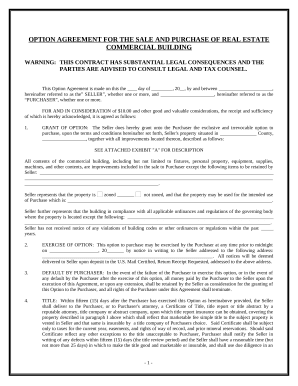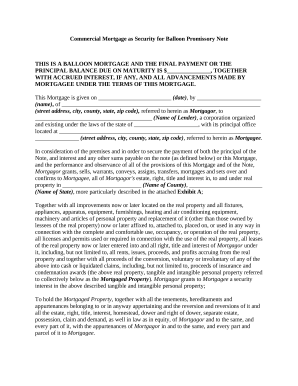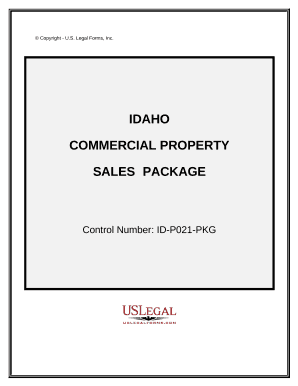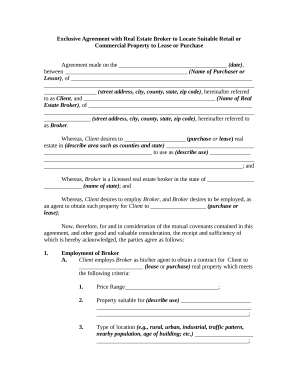







Document managing can overpower you when you can’t discover all the forms you need. Fortunately, with DocHub's vast form collection, you can find everything you need and easily deal with it without switching between apps. Get our Commercial Real Estate Transactions and begin working with them.
Using our Commercial Real Estate Transactions using these simple steps:
Try out DocHub and browse our Commercial Real Estate Transactions category with ease. Get a free account right now!